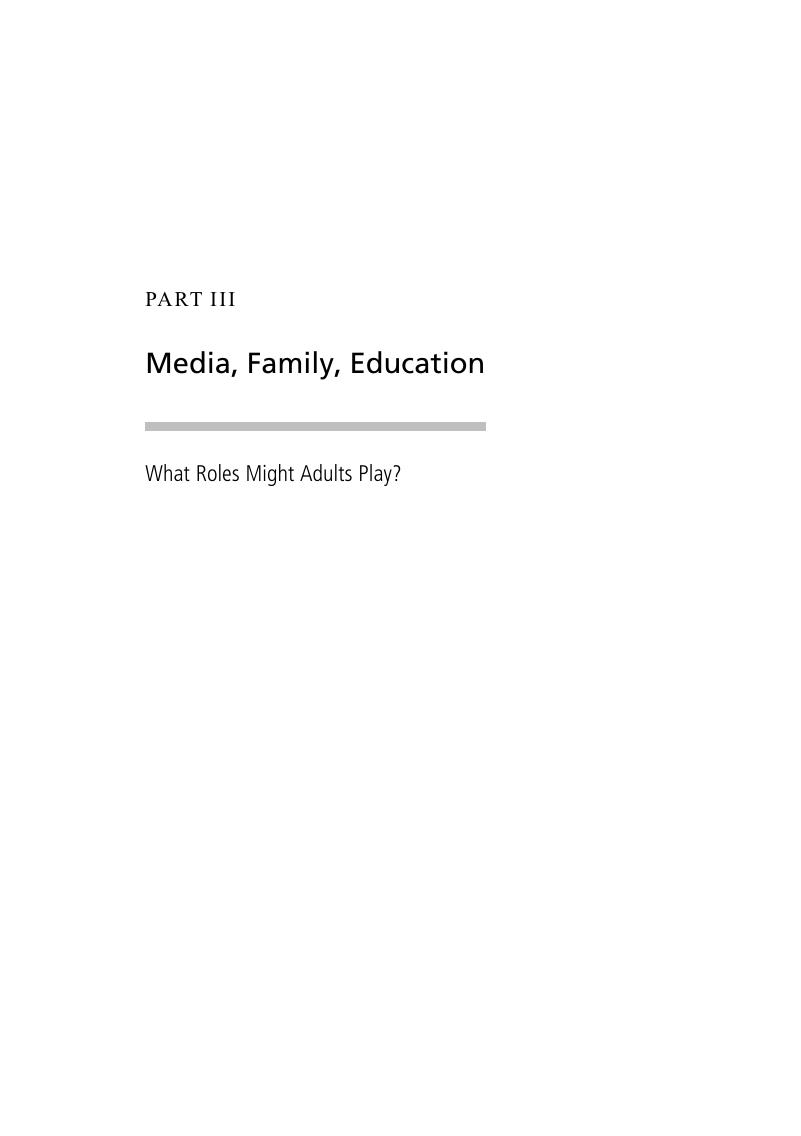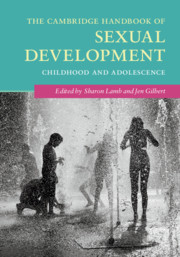Book contents
Part III - Media, Family, Education
What Roles Might Adults Play?
Published online by Cambridge University Press: 27 December 2018
Summary

- Type
- Chapter
- Information
- The Cambridge Handbook of Sexual DevelopmentChildhood and Adolescence, pp. 391 - 574Publisher: Cambridge University PressPrint publication year: 2018



